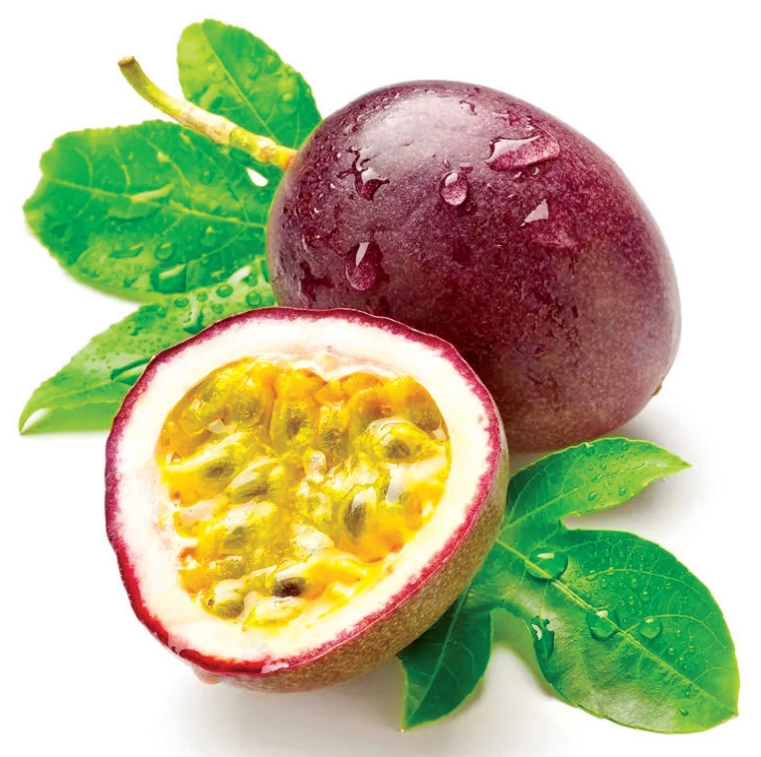
Passion fruit, also known as love fruit, is rich in vitamins and is a good source of fibre
NT Features
The passion fruit is a pepo, a type of berry that is round with a soft, juicy interior filled with numerous seeds. This tropical berry, also called the love fruit, is grown all over the world. The purple and the yellow varieties are the most common. Passion fruit is a nutrient-dense fruit, rich in vitamins and a good source of fibre. This love fruit is a low calorie berry that makes it a healthy, balanced food. The berry fruit is also used in traditional folk medicine and as a cosmetic agent in many countries.
High on nutrition
Passion fruit is a good source of nutrients, especially fiber, vitamin C, and pro vitamin A. It is also rich in beneficial plant compounds, including carotenoids and polyphenols. Additionally, passion fruit offers a small amount of iron, and with the vitamin C content it enhances the iron absorption in the body.
Rich in antioxidants
Antioxidants protect our body from free radicals. It is rich in polyphenols, a plant compound that has a range of antioxidant and antiinflammatory effects. This reduces the risk of chronic inflammation and heart disease. The vitamin C is an important antioxidant that supports the immune system and helps in healthy aging. The beta carotene present in the fruit preserves good eyesight.
Low glycaemic index
A tropical fruit that has a low glycaemic index . This means that it does not cause a steep increase in blood sugar after eating it, making it a good option for people with diabetes.
Supports heart health
The passion fruit is rich in magnesium, an important mineral which reduces stress and anxiety. This fruit is loaded with hearthealthy potassium and is also low in sodium. Passion fruit, when eaten with the seeds, contains a lot of fibre, which can help to remove excess cholesterol from the inside of blood vessels. A high-fibre diet can reduce a person’s risk of heart disease.
What else?
Passion fruit is an extremely versatile fruit. It can be added to any drink, desserts, fresh yogurt or topped on a delicious salad dressing. This fruit can also be used to make ice creams, jams, jellies, yoghurt, compound beverages, tea, wine, vinegar, soup-stock, and condiment sauces.
 English daily published in Bengaluru & Doha
English daily published in Bengaluru & Doha






